Comprehensive Report: Climate Change, Lead Exposure, and Public Health
VerifiedAdded on 2022/11/24
|7
|1465
|167
Report
AI Summary
This report explores the significant health risks associated with climate change, with a specific focus on lead exposure. It highlights lead as a naturally occurring metal found in various sources like batteries and pipes, and its detrimental effects on human health, particularly in children due to their developing bodies and habits. The report discusses the national scope of lead pollution, the diseases it causes (including mental retardation, increased blood pressure, and anemia), and the variable concentrations of lead in blood. It reviews existing policies and laws aimed at mitigating lead exposure, such as the Toxic Control Act and lead abatement programs. Furthermore, it suggests improvements to these policies, involving stakeholders from local community centers to the government, and changes in the healthcare system to better address lead exposure in patients. The report concludes that effective collaboration between community centers and the government is crucial for spreading awareness and implementing policies to reduce the health risks associated with lead contamination.
1 out of 7
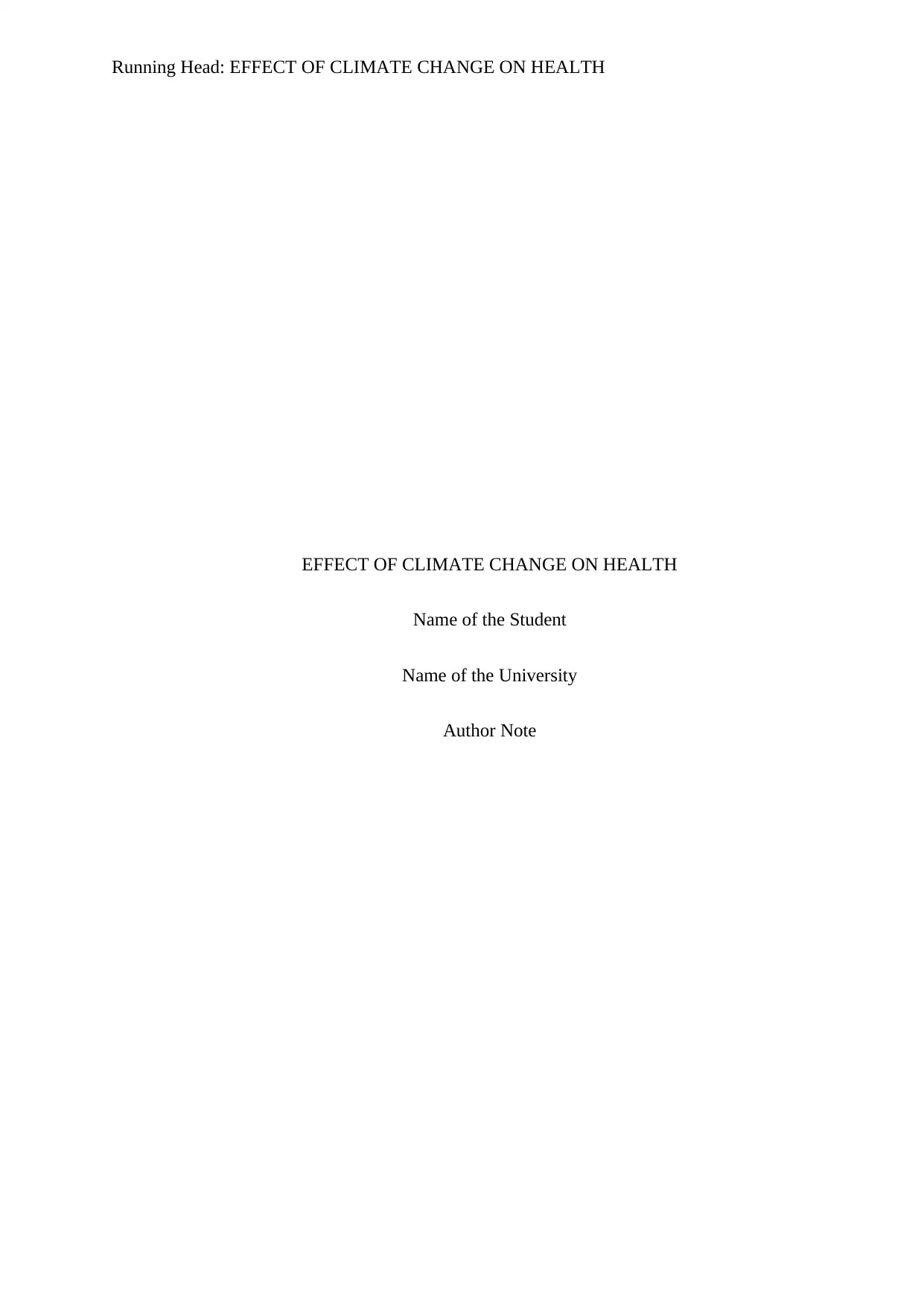
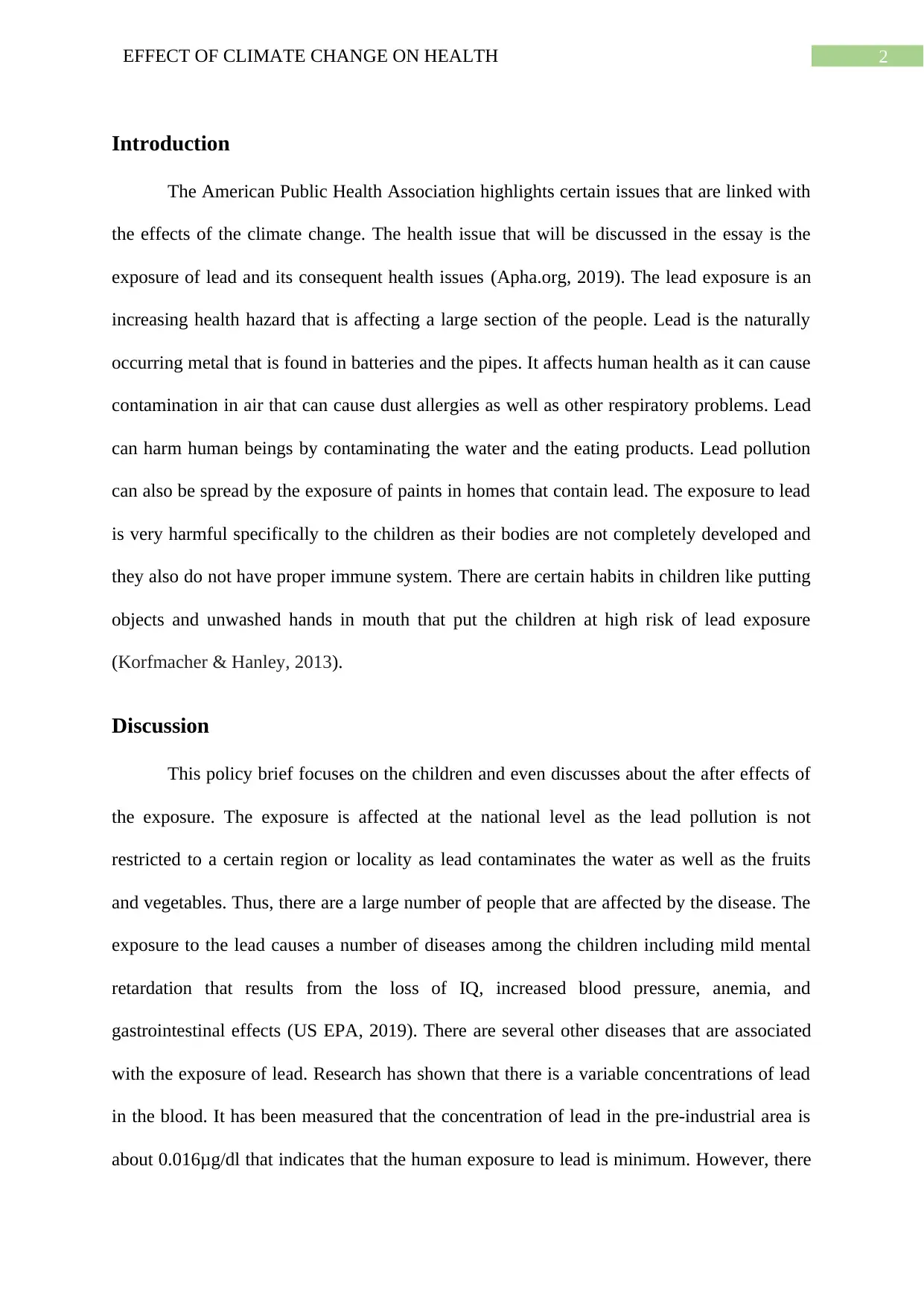
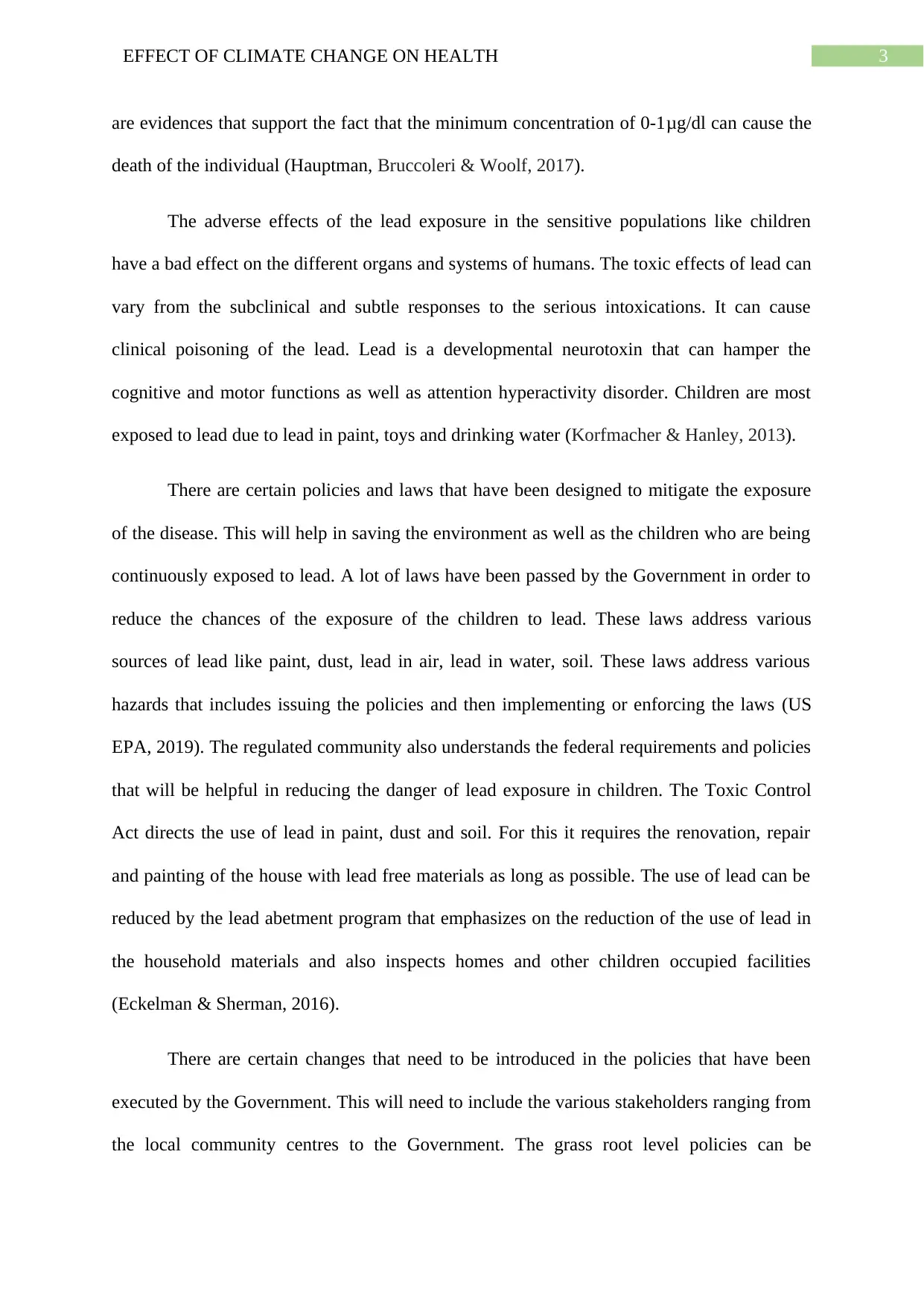
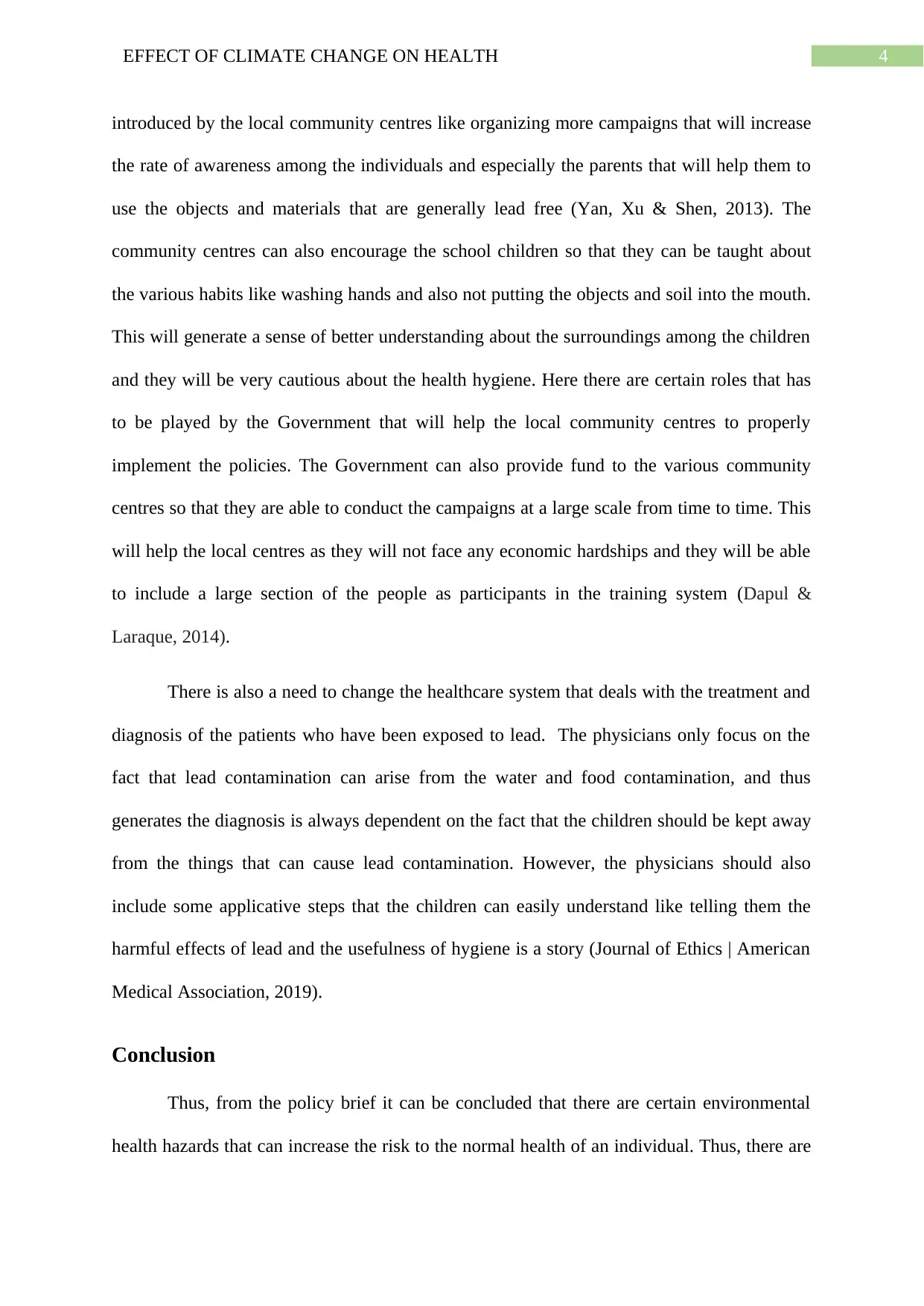
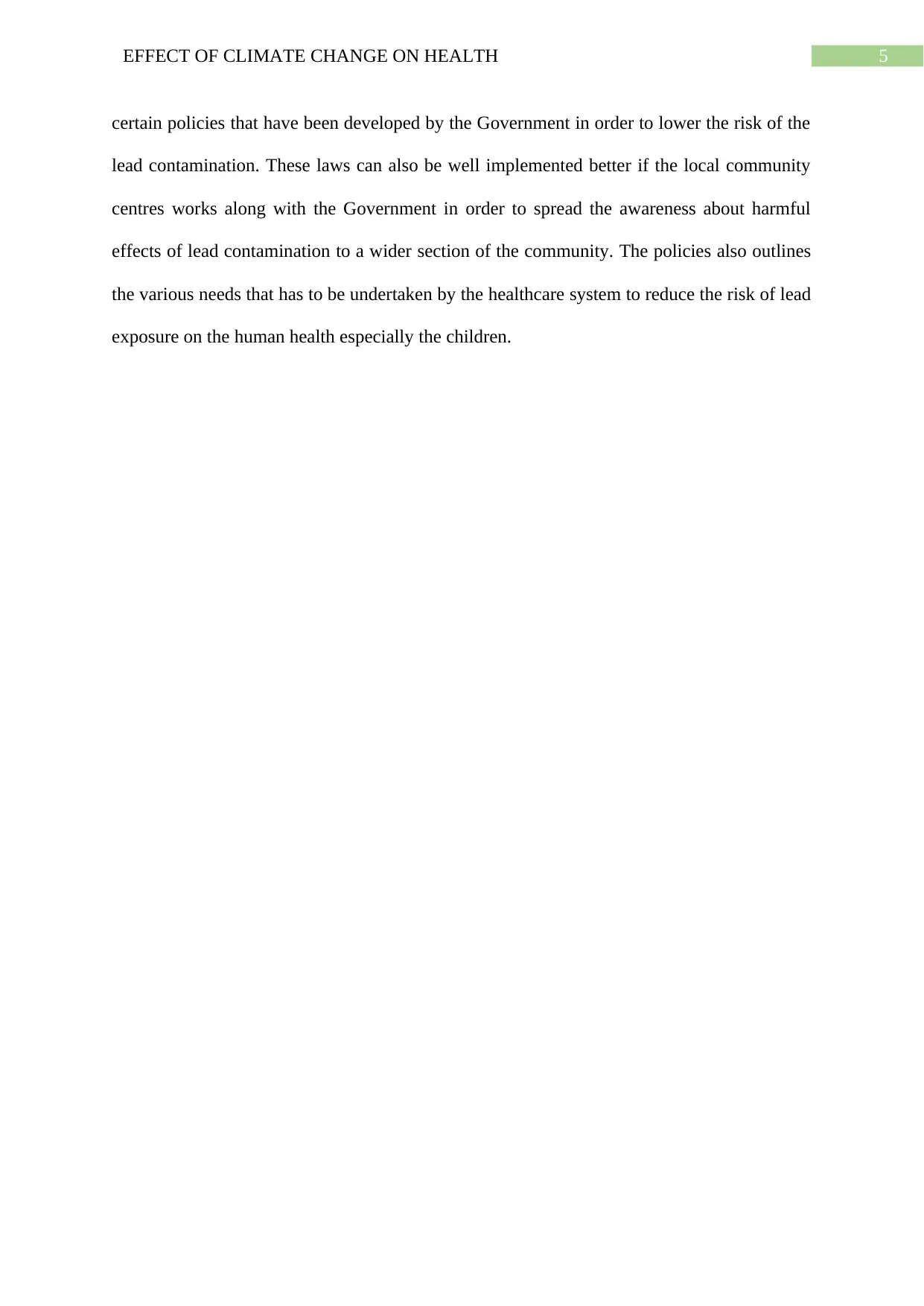








![[object Object]](/_next/static/media/star-bottom.7253800d.svg)